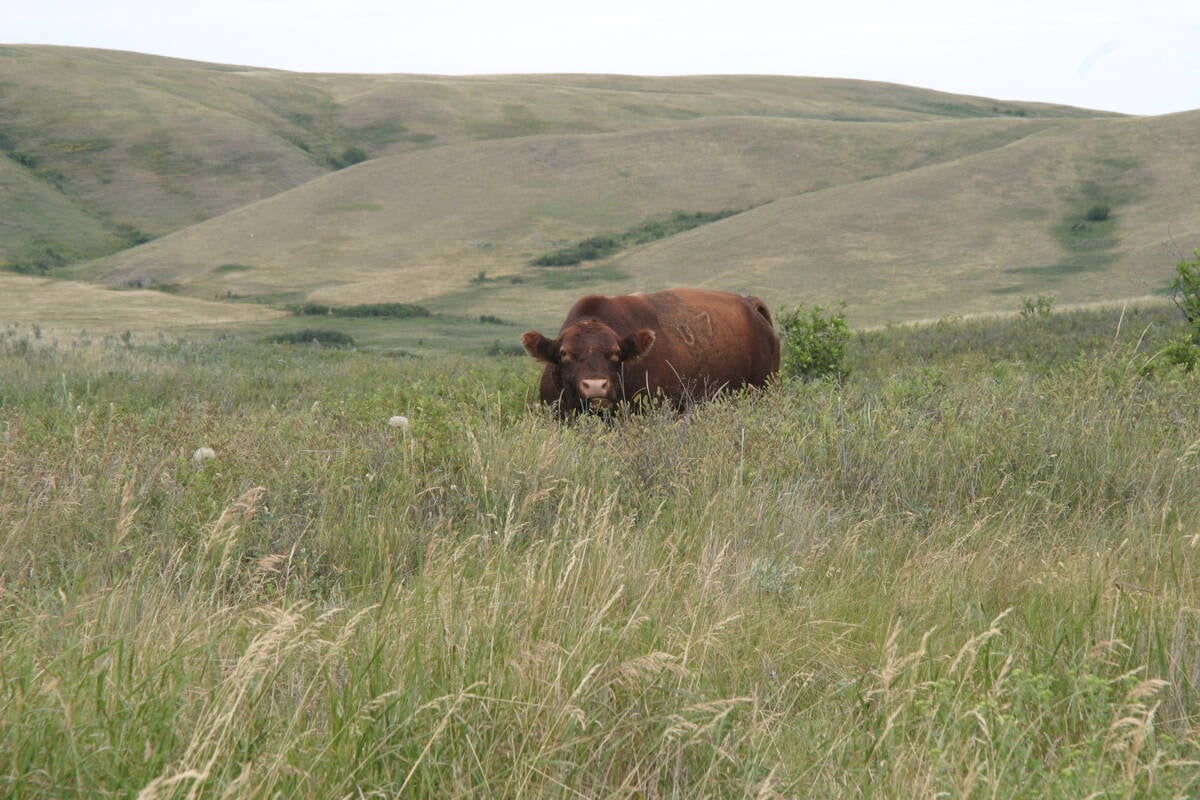In a bid to avoid the water quality and quantity problems seen in other jurisdictions, the Saskatchewan government has introduced a water conservation plan.
As a large water user, agriculture plays a key role in that plan, said environment minister John Nilson.
Saskatchewan has seven percent of the fresh water in Canada and about 1.5 percent of all the fresh water in the world.
But most of the water is in the north, while most of the population lives in the south.
In the south, 11.3 percent of the water from the North and South Saskatchewan Rivers is allocated for use. Of that, 7.6 percent goes to agriculture, 2.4 percent to communities and 1.3 percent to industry, mining, thermal power and oil and gas.
Read Also

Saskatchewan puts crown land auction on hold
Auctions of Saskatchewan crown lease land are once again on hold.
Nilson said a strategy to manage water will help the province avoid overuse and allow development.
“We want our farmers to be the most efficient and effective farmers possible,” he said.
The plan promotes the adoption of new, more efficient irrigation technology.
Nilson said the plan encourages more irrigation research at the Canada/Saskatchewan Irrigation Development Centre at Outlook, Sask., and by the private sector, includes an education program on conservation, and sets industry standards for water use.
Nilson said standards could help those who use water to produce a certain product to meet international standards.
“There may be an international standard that makes it a green product because of the amount of water that you use,” he explained.
“Let’s use our water most effectively and efficiently.”
Expansion of intensive livestock operations will require more water, and efficient animal watering systems and manure management to preserve quality are also part of the plan.
The plan was developed after public meetings last year and consultation with industry stakeholders.
Saskatchewan has 28 watershed associations and several have produced their own reports identifying risks and opportunities in their regions. Farmers and ranchers are members of those associations and Nilson said the government relies on them to share their knowledge.
Other aspects of the plan include public education and an initiative to develop options for grey water use and effluent reuse.
Nilson said he attended an international conference where delegates from some countries were shocked that Canadians didn’t reuse their water three or four times before it left their homes.
For example, water could go from a shower or washing machine to be used to flush toilets and then to water the lawn.
Environment critic Glen Hart said he hoped an inventory of current water resources would be conducted before water allocation regulations are tackled.

















